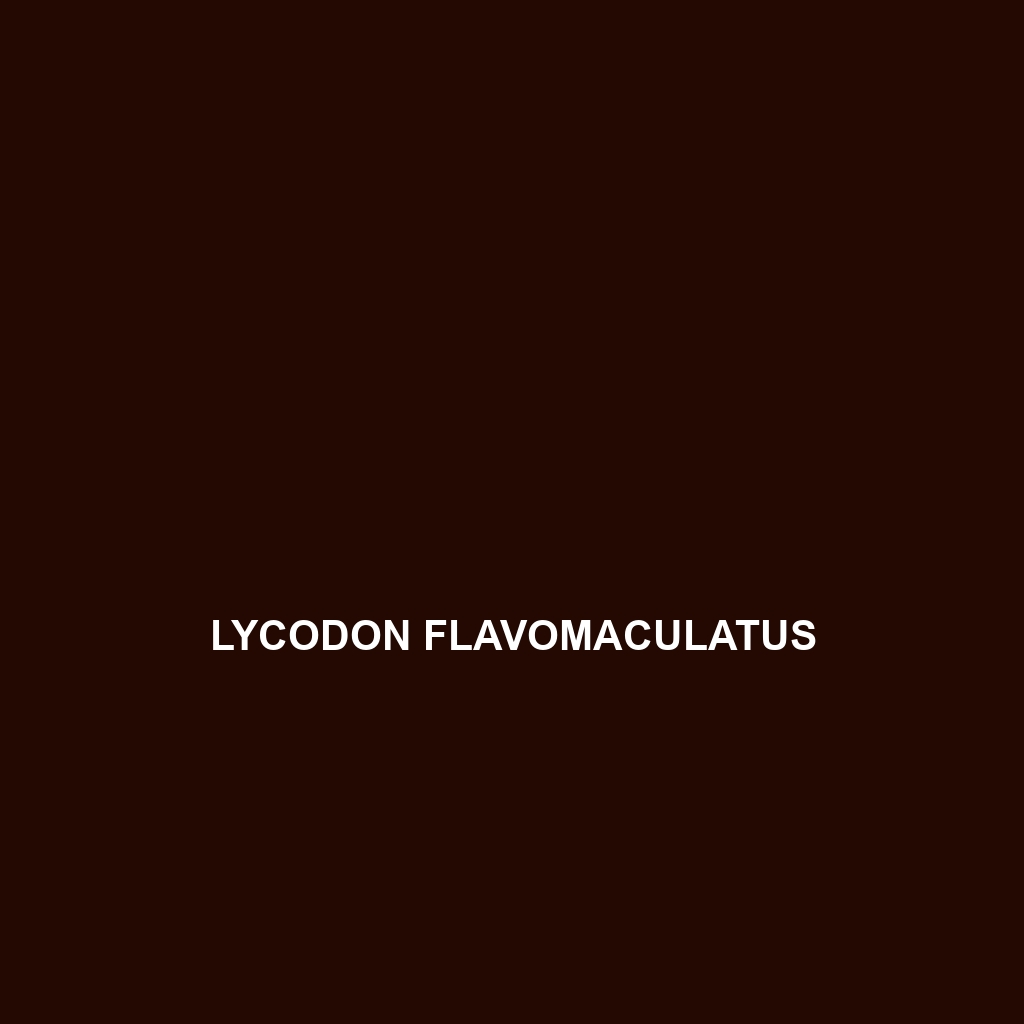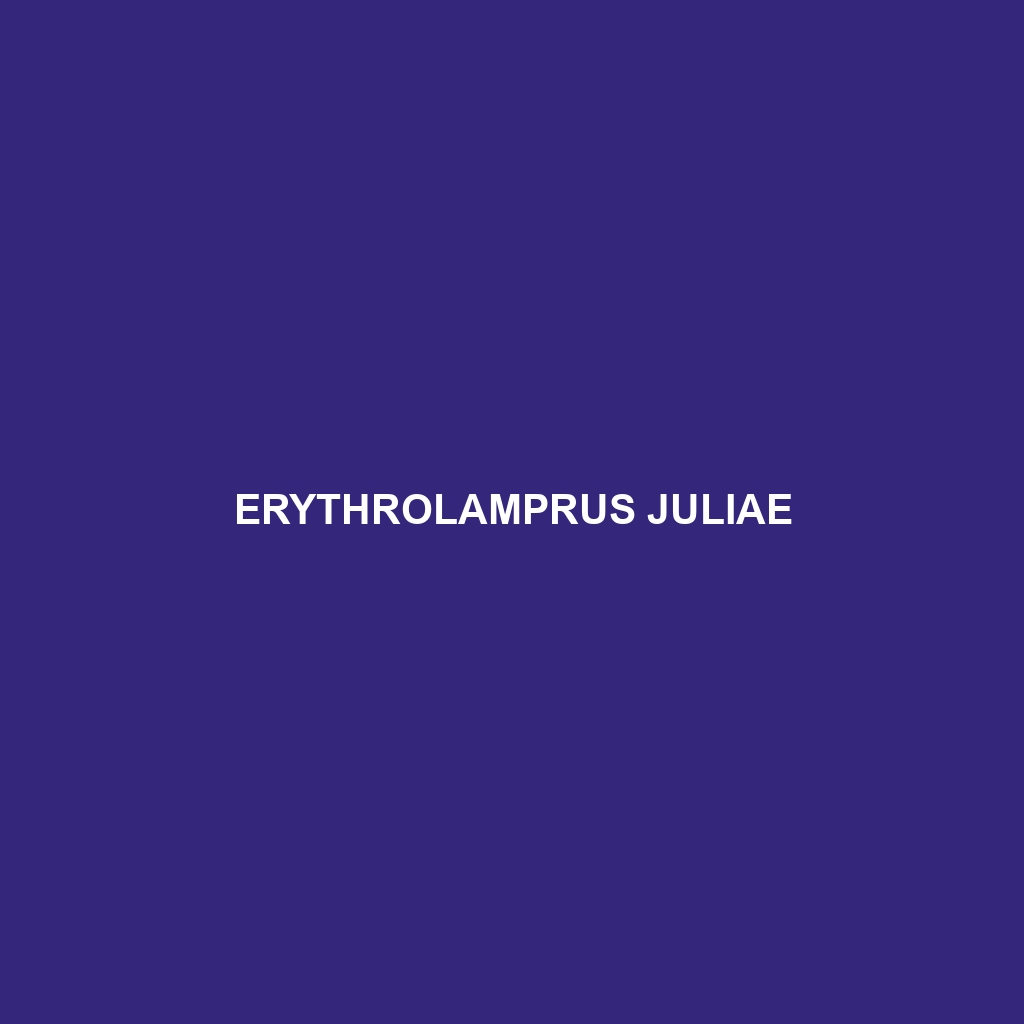<p><b>Lycodon flavomaculatus</b>, or the yellow-spotted wolf snake, is a striking species found in Southeast Asia's rainforests and temperate forests, known for its vibrant dark brown or black body adorned with bright yellow or white spots. This nocturnal predator plays a crucial role in its ecosystem by controlling populations of small mammals, lizards, and amphibians.</p>
Tag: wildlife photography
Lipinia miangensis
Discover the Lipinia miangensis, a slender, olive-green and brown reptile native to the tropical rainforests of Southeast Asia, known for its exceptional camouflage, diurnal activity, and insectivorous diet. With its stunning visual adaptations and crucial role in controlling insect populations, this species embodies the unique biodiversity of its environment.
Liolaemus torresi
Liolaemus torresi, a moderately sized lizard native to central Chile's arid regions, showcases vibrant coloration and thrives in rocky terrains. This unique species is primarily insectivorous, exhibits fascinating diurnal behaviors, and plays a vital role in its ecosystem by controlling insect populations.
Liolaemus calliston
Discover the vibrant Liolaemus calliston, or Callisto's Lizard, a medium-sized omnivorous lizard thriving in the temperate forests of southern South America. Known for its striking coloration and complex social behaviors, this adaptable species plays a vital role in maintaining ecological balance through pest regulation and seed dispersal.
Kinyongia carpenteri
<p><b>Kinyongia carpenteri</b> (Carpenter's chameleon) is a vibrant insectivorous species native to the Eastern Arc Mountains of Tanzania, distinguished by its striking coloration, prehensile tail, and unique ability to change color for communication and camouflage. As a vital part of its ecosystem, it helps control insect populations and serves as prey for larger wildlife, while facing threats from habitat destruction.</p>
Goniurosaurus luii
Discover the stunning <b>Goniurosaurus luii</b>, or Lui's crocodile gecko, a vibrant insectivore native to Southeast Asia's tropical rainforests. With its robust body, striking yellow or white spots, and unique nocturnal behaviors, this fascinating species is essential for maintaining ecological balance.
Gekko scientiadventura
<p>Discover the <b>Gekko scientiadventura</b>, a vibrant and adaptable gecko native to tropical regions of Southeast Asia, featuring a slender body and large adhesive toe pads for climbing. This nocturnal insectivore plays a crucial role in its ecosystem, helping maintain insect populations while showcasing unique mating rituals and tail regeneration abilities.</p>
Erythrolamprus zweifeli
Common Name Erythrolamprus zweifeli Scientific Name Erythrolamprus zweifeli Habitat Erythrolamprus zweifeli, commonly known as Zweifel’s coral snake, is primarily found in the lush rainforests of Central America, particularly in regions such as Panama and parts of Costa Rica. This species thrives in humid, tropical climates where temperatures are warm and precipitation is frequent. The dense […]
Erythrolamprus juliae
<p>Discover the <b>Erythrolamprus juliae</b>, commonly known as Julia's Snakette, a small, agile insectivore thriving in humid tropical and subtropical habitats across Central and South America. This nocturnal species, recognized for its dark brown coloration with lighter bands, plays a vital role in controlling insect populations while contributing to the ecological balance of its environment.</p>
Emoia laobaoensis
Discover the vibrant Emoia laobaoensis, or Laobao skink, an agile insectivore native to Southeast Asia's tropical rainforests, known for its striking coloration and unique behaviors, including basking and intricate mating displays. With a length of 15 to 25 cm, this captivating species plays a vital role in its ecosystem by regulating insect populations and serving as prey for larger animals.









